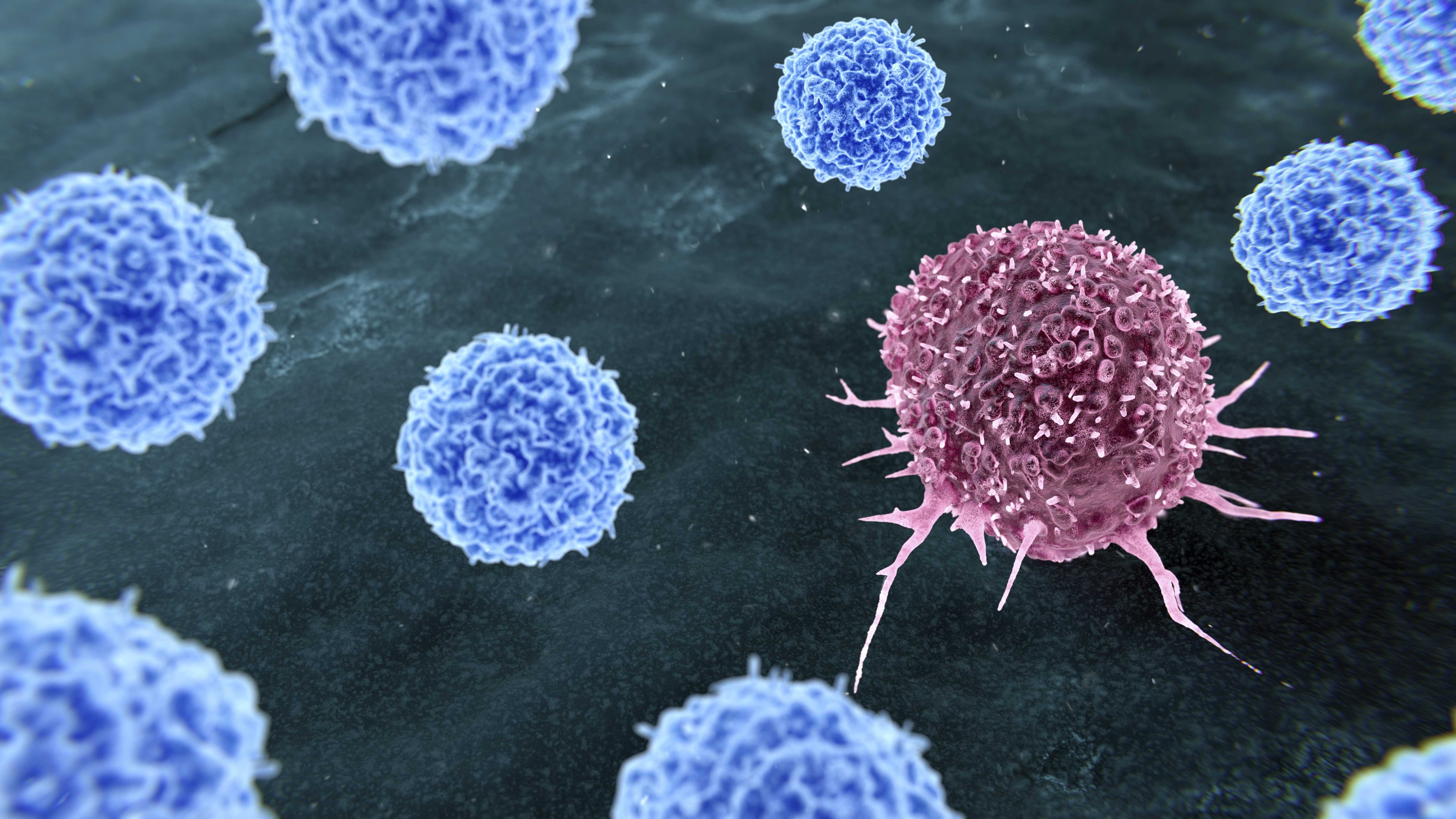Scientists 3D print tumors for cancer research — TissueTinker using 3D bioprinting to create miniature models of healthy and diseased tissue for side-by-side comparison, backed by McGill

There seems to be no limit to what we can do with 3D printing. Just last week, we reported on Chinese scientists 3D printing organ tissue for transplanting into burn victims. Today, we're sharing an amazing 3D printed innovation in cancer research that comes from Tissue Tinker, a company spinoff from McGill University. The company has put together a team that has managed to 3D print tumors for cancer research.
TissueTinker was promoted by the McGill Innovation Fund team with the goal of improving the testing protocol for cancer therapies. In this case, the technology is customizable, which makes it easier to optimize treatment for specific patient needs. The tumors are printed using biomaterial that is able to replicate human tissue.
The scientists explained in greater detail how the technology can be used in their research with an example. They are able to 3D print tissue models using biomaterial and are able to create two samples of the same tissue—one healthy and one diseased. This allows the team to study the progression of the disease against somewhat of a control sample.
The team is able to print these models on an extremely small scale, citing a successful print as small as 300 microns. According to Benjamin Ringler, one of the cofounders, this size is optimal for the team as it helps them observe specific properties. There are certain low-oxygen areas inside tumors known as hypoxic cores, which are easier for the team to study at this scale.
Because of the flexible nature of 3D printing, the team is able to produce a wide variety of alterations to the tissues they print. This makes it possible to target specific areas of cancer research and get unique results pertaining to the custom parameters. The precision opens them up to a world of microscopic study that would otherwise be unattainable.
3D printing biomaterial for research like this requires special equipment. While we can recommend some of the best 3D printers left and right for hobbyists, we unfortunately don't have any information to share about the hardware used to 3D print the tissue structures used in this project. Still, the work is incredibly impressive and we were excited to share it nonetheless.
Follow Tom's Hardware on Google News to get our up-to-date news, analysis, and reviews in your feeds. Make sure to click the Follow button.
Get Tom's Hardware's best news and in-depth reviews, straight to your inbox.

Ash Hill is a contributing writer for Tom's Hardware with a wealth of experience in the hobby electronics, 3D printing and PCs. She manages the Pi projects of the month and much of our daily Raspberry Pi reporting while also finding the best coupons and deals on all tech.